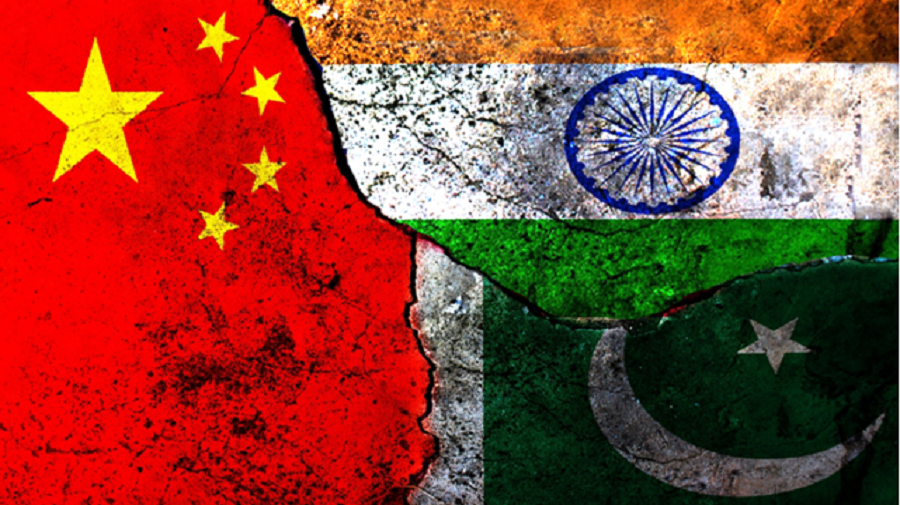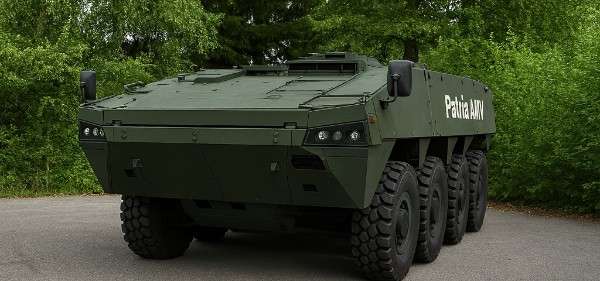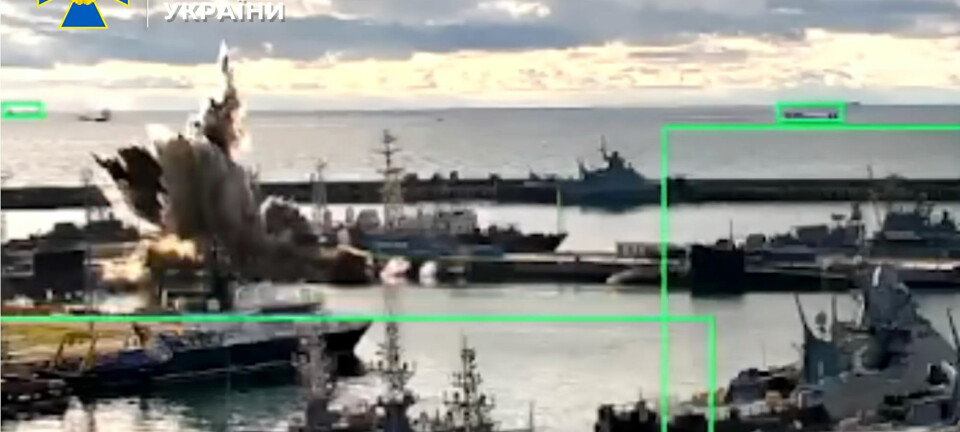The region of Southern Asia faces complex nuclear dynamics, with three neighboring countries that is China, India, and Pakistan possess nuclear capabilities and have a history of antagonism. Despite their nuclear maturity and crisis management abilities, there is a clear need for stabilizing nuclear relations at the bilateral and trilateral levels. However, China’s refusal to recognize the legitimacy of India and Pakistan’s nuclear weapons hinders possibilities for engagement. Moreover, the lack of prioritization of nuclear risk reduction by leaders in the region and the global breakdown of nuclear arms control architectures dampen the urgency for nuclear risk reduction efforts. This article will explore the challenges and potential pathways to foster strategic stability and reduce nuclear risks in Southern Asia.
The nuclear trilemma in the South Asia region refers to a complex situation involving three interconnected challenges related to nuclear weapons. Firstly, it involves the concern of national security, where countries like India, Pakistan, and China view nuclear weapons to deter potential adversaries and protect their sovereignty. Secondly, it involves the risk of nuclear proliferation, as these countries’ possession of nuclear weapons creates an incentive for other nations in the region to acquire them to maintain a balance of power. This increases the chances of nuclear weapons falling into the wrong hands or being used irresponsibly. Lastly, the trilemma encompasses the broader challenge of nuclear disarmament, as the presence of nuclear weapons in the region hinders global efforts to reduce and eliminate nuclear arsenals. In simple terms, the nuclear trilemma in South Asia refers to the interrelated issues of national security, proliferation risks, and disarmament challenges posed by the possession of nuclear weapons in the region. The complex nuclear dynamics in South Asia have been influenced by a trilemma. This trilemma has had profound effects on the region
Table of Contents
ToggleNuclear Dynamics in Southern Asia
Southern Asia is bound by geography, but historical contestations and conflicts keep the three nuclear-armed states, India, Pakistan, and China, apart. China does not accept the legitimacy of India and Pakistan’s nuclear weapons, which limits possibilities for engagement. The deterrence relations in Southern Asia differ from the bipolar confrontation of the Cold War, as each country assigns different roles and targets to their nuclear deterrents. China primarily aims to deter the United States, while also signalling deterrence vis-à-vis India. India’s nuclear capability aims to deter both Pakistan and China, considering the possibility of a two-front war. Pakistan’s nuclear weapons focus on deterring India’s conventional capability. The threat perceptions among the three countries are influenced by their views of each other’s intent, cross-border terrorism, and territorial disputes.
- China’s Nuclear Strategy: China, emerging as a superpower in a competition with the United States, considers nuclear weapons modernization crucial for its security calculus. The possession of nuclear weapons provides China with the ultimate guarantee against existential threats and constraints on its vital interests. Chinese nuclear weapons also serve as deterrents against regional rivals, including nuclear-armed states like India and non-nuclear powers such as Japan, Vietnam, Australia, and the Philippines, due to their connections with critical U.S. military bases.
- India’s Nuclear Strategy: India, facing nuclear-armed rivals China and Pakistan, maintains its nuclear weapons and seeks to expand its inventory primarily for deterrence purposes. Unlike China, India relies on its robust conventional military forces for protection vis-à-vis its adversaries. Nuclear weapons are seen as necessary only to deter nuclear threats and nuclear use, which would disappear if regional rivals did not possess nuclear capabilities. While prestige may still be a factor, the diminishing significance of nuclear weapons’ salience reduces its importance.
- Pakistan’s Nuclear Strategy: Pakistan’s nuclear expansion and quest for “usable” nuclear weapons are primarily driven by fears of India. Although concerns about the United States have emerged in Islamabad’s political calculus, India remains its focus. Pakistan aims to prevent conventional wars by utilizing nuclear weapons as a deterrent. On the other hand, India seeks to prevent nuclear threats and nuclear use directed against itself, primarily deterring Pakistan and, to some extent, China simultaneously.
The complexities of nuclear dynamics in Southern Asia present significant challenges to achieving strategic stability in the region. These challenges stem from differences in nuclear doctrines, threat perceptions, and relationships with major powers. China’s recognition as a nuclear weapon state under the NPT, while India and Pakistan remain non-signatories, hinders engagement and its desire to maintain strategic leverage, and its perception of the potential risks and implications of accepting the legitimacy of nuclear weapons in the region, thereby shedding light on the complexities and challenges of engagement in Southern Asia. Additionally, differing perceptions of major power relationships contribute to the complexity, as do variations in nuclear doctrines, deterrence practices, and technological advancements. The lack of a shared sense of danger and expressed desire to address nuclear risks hinder efforts to achieve strategic stability. This trilemma in South Asia includes the priority of national security, the regional desire for stability, and the global aspiration for disarmament and non-proliferation. Achieving disarmament in the region is particularly complex due to security concerns and the lack of trust between India and Pakistan, with potential implications for nuclear proliferation.
Although the challenges are significant, there are some possibilities for promoting strategic stability in Southern Asia. One approach is to establish strategic dialogues that foster understanding of threat perceptions, doctrines, and force postures among the nuclear powers. This can be initiated through Track II diplomacy and continued efforts to explore ideas and test the waters before official engagements. Nuclear confidence-building measures (CBMs) can also enhance mutual understanding and predictability through better communication. For example, the Strategic Arms Limitation Talks (SALT) between the United States and the Soviet Union during the Cold War and the bilateral nuclear confidence-building measures between India and China, such as the Agreement on the Maintenance of Peace and Tranquillity along the Line of Actual Control, offer successful precedents for establishing strategic dialogues and CBMs in Southern Asia. Transparency on survivability measures and second-strike capabilities can contribute to deterrence stability by reducing the temptation for pre-emption. Additionally, unilateral or coordinated statements on the role of nuclear weapons and doctrines can help clear misperceptions. Moreover, addressing these challenges require sustained efforts, dialogue, and cooperation among all stakeholders involved
In short, Southern Asia faces numerous challenges in achieving strategic stability and reducing nuclear risks among India, Pakistan, and China. The region’s complex nuclear dynamics, divergent threat perceptions, and historical conflicts make the path to stability difficult. However, through strategic dialogues, confidence-building measures, transparency, and efforts to foster mutual understanding, it may be possible to pave the way for meaningful progress in reducing nuclear risks. Despite the dim prospects, it is crucial for the political establishments of the three countries to recognize the interconnectedness of their nuclear destinies and prioritize nuclear risk reduction for the collective interest of the region.

Mahnoor Inayat
Mahnoor Inayat is currently pursuing bachelor’s degree in international relations from NUML, Islamabad. Her area of keen interest includes Foreign Policy of Pakistan Analysis, Domestic and Global Politics, Current Affairs, Non-Traditional Security Challenges especially regarding Climate Change, Geopolitics of South Asia, and Middle East Politics.













